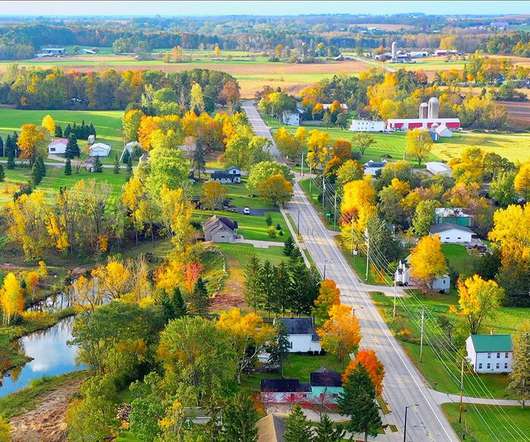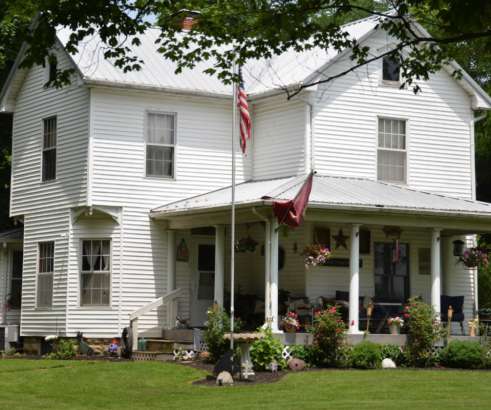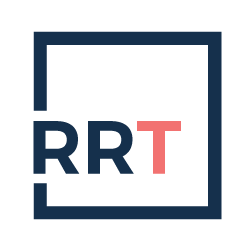Your Ultimate Guide to Buying a Home in Texas in 14 Steps
HomeLight
AUGUST 29, 2022
Consider factors such as how long you plan to be in the area, if you have steady employment, and if you have enough money saved for not just the down payment, but for closing costs , maintenance, property taxes, and more. Keep in mind that this doesn’t include the funds you will need for closing costs. Closing date.














Let's personalize your content